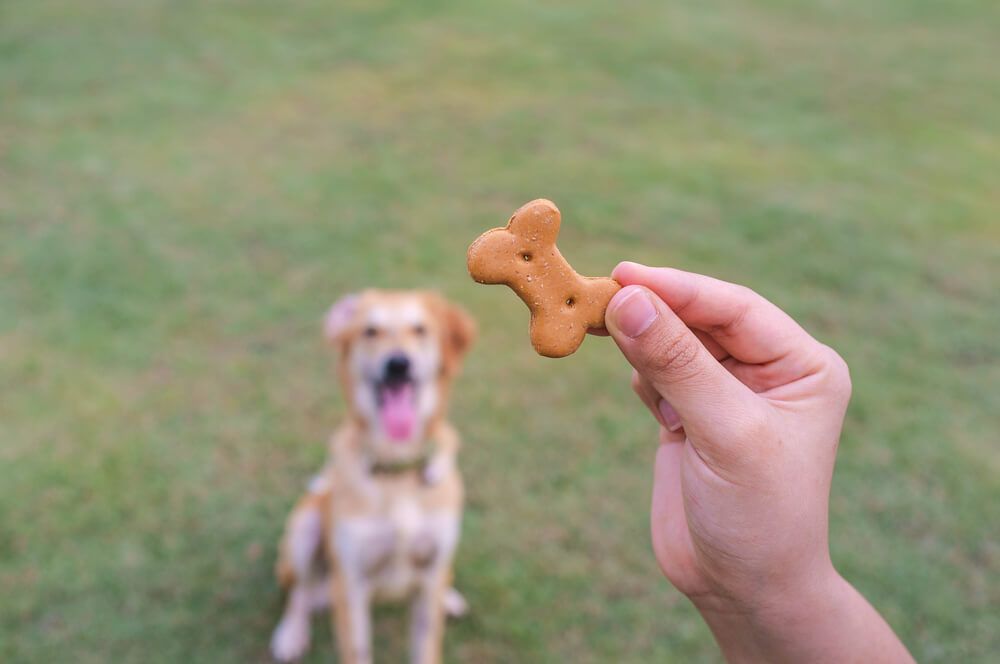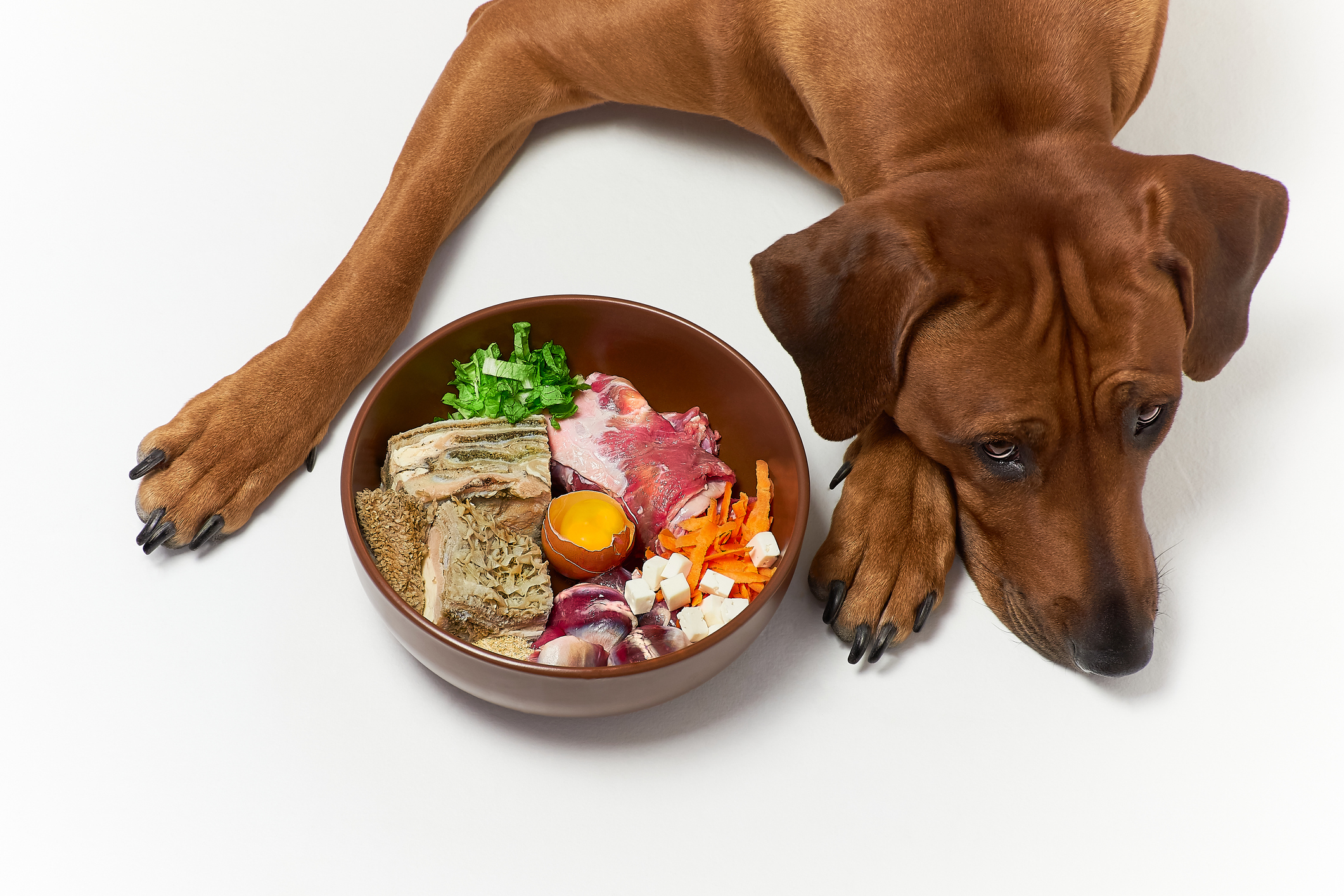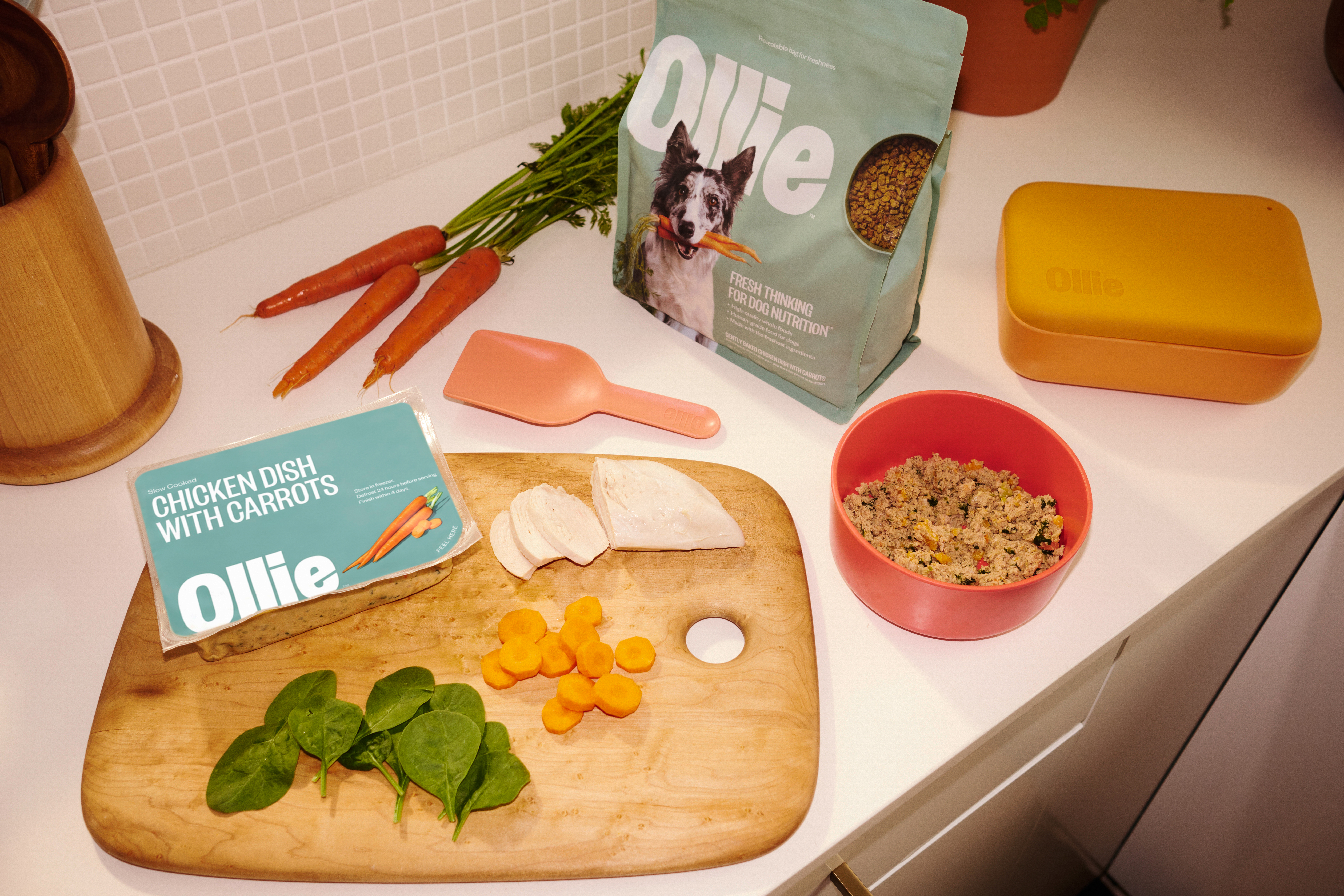Hey Ollie blog readers! We’re offering you an exclusive 60% OFF your starter box! Try now!
As a pet parent, you do everything you can to keep your dog happy and healthy. That often includes purchasing tasty treats! While you might be cautious about giving your dog fresh meat, fruit and vegetables – have you ever stopped to think about their packaged treats?
We’ll break down what dog treat expiration dates mean and how to keep your dog safely enjoying their favorite treats.
Do dog treats expire?
In a word, yes. Just like any food product your dog’s treats will come with an expiration date. However, does that mean that as soon as the date printed on the package rolls around those treats are now completely inedible? That’s up for much debate. Just like if you were to eat some crackers a few days after they expired, they’d probably be fine.
The more complicated answer depends on the treat’s ingredients. Another thing to consider is that there are two types of dates you will find on your dog treats, one is a true expiration date and the other is a best before date. An expiration date might be the date after which an ingredients shelf life has lapsed and a best before date just refers to the date by which your dog treats should be enjoyed for the best quality.
How long do common dog treats last?
If you have concerns about treat storage or just want to make sure you are giving your dog the freshest possible treats, here is the shelf life for some common treats.
Bully sticks
Generally speaking, bully sticks will last from 1.5 -2 years. That is if your pup will let them last that long! Chewy.com says “Bully Sticks can last for up to two years or more from when they are produced and are known to be a very hardy product. The manufacturer ensures that the sticks will have at least a 1.5-year remaining shelf life upon receipt. Bully sticks can be stored in a zip-top bag.” Check the expiration date on your bully stick before offering to your pup as different brands may have slightly different expiration dates.
Homemade Dog Treats
Since you will most likely not be putting preservatives into your treats, its fairly safe to assume these will have a shorter shelf life than their manufactured counterparts.
That said, there are many treat recipes that can last a few weeks either at room temperature or in the refrigerator. Just like with anything you make for yourself, if you see a change in color, odor or texture – you might want to err on the side of caution and refrain from sharing these treats with your dog.
Pet MD reminds pet parents to “Cook homemade dog treats to an adequate temperature to kill potential pathogens, such as Salmonella that may be present in eggs and other ingredients. Also, if treats are made out of raw meat, they should be cooked well (about 165 degrees).”

Dehydrated dog treats
Dehydrated dog treats like dried sweet potatoes, chicken or beef jerky and dried fish skins are a great choice. For pups with food allergies, these single-ingredient treats can be a wonderful snack.
They can also have a fairly long shelf life. If these products come with a packet of silica gel or something to keep moisture out of the bag, you want to make sure that stays firmly in the bag and your dog doesn’t try to eat it. Some popular brands of sweet potato jerky can last for 2 years when stored properly!
Milkbones
There are many varieties of Milkbones on the market today. The manufacturer drives consumers to check the date printed on the box or bag to ensure you know how long they are good. We checked a few local pet stores and found that the boxes of classic Milkbones would stay fresh for about 1.5 years if they were purchased today.
CBD treats
The shelf life of treats with CBD in them can vary widely. Check the package of treats so you know exactly how long yours will last. On average, these treats are good, unopened from 9 to 24 months. Once treats are opened, they may lose their freshness more quickly. CBD tinctures which can be added to food or treats have the longest shelf life, with many of these products lasting two years.
Treat storage tips
1. Keep treats sealed in airtight containers or their original packaging
The FDA actually recommends that you keep dog food and treats in their original packaging or keep that packaging handy “This allows you to have the UPC code, lot number, brand and manufacturer, and “best by” date easily available in case of a product defect or recall. “When you file a complaint about a pet food, the lot number and ‘best by’ date, along with the full product name, are important for you to provide,” explained William Burkholder, a veterinarian and pet food expert at FDA.
2. Organize treats by expiration date, use the first in first out method
If you are trying to minimize waste but like to have a variety of treats open for your dog to beat boredom, try to keep them organized by expiration date. This way if some of your treats are going to expire you have a better chance of using them up first.
3. Remember that many homemade treats require refrigeration
We’ve already talked about the fact that these treats have a shorter shelf life and less (or no) preservatives, so it is no surprise that they might need refrigeration. Check your recipe for detailed instructions.
The Ollie blog is devoted to helping pet parents lead healthier lives with their pups. If you want to learn more about our fresh, human-grade food, check out MyOllie.com.
Tagged As:

The nutrition your dog needs,
the food they want.

Enjoying our articles? Subscribe our Newsletters and get new articles directly to your inbox
You might also like
3 July 2025
5 MINS READ
How Fresh Food Can Help Your Dog Have Perfect Poops
As a pup parent, you’re likely very familiar with your dog’s bathroom habits. While it may not be the most glamorous part of taking care of your pup, a dog’s stool can be one of the most dir…
by Ollie Pets
3 July 2025
5 MINS READ
Understanding the Risks of Raw Dog Food
When it comes to choosing the right diet for your dog, understanding the full picture is crucial for making an informed decision. In this article, we’ll dig deeper into what defines a raw diet, …
by Ollie Pets
3 July 2025
4 MINS READ
Understanding a Balanced Diet for Your Dog
As a dedicated pet parent, you want to provide the best for your dog, and that starts with their food bowl. We all understand the basics of a balanced diet for ourselves, but what does that look l…
by Ollie Pets







